ERP Transformation
Step-by-step guide for ERP Transformation using SAP LeanIX.
Overview
This guide outlines a practical, step-by-step approach for Enterprise Architects (EAs) using SAP LeanIX to facilitate their organization's ERP (Enterprise Resource Planning) transformation. It is tailored to EAs who actively use SAP LeanIX, usually as admins/owners of the system, and provides EAs with guidance on how to be involved in ERP transformations and best practices for leveraging the SAP LeanIX platform.
The document also describes the roles and benefits of SAP LeanIX for the key stakeholders involved in an ERP transformation, such as the CIO, Transformation and Project Managers. It also offers guidance on fostering engagement with these stakeholders through SAP LeanIX.
What Does ERP Transformation Mean?
Definition of the Use Case
ERP systems are software systems essential for managing an organization's core business processes and functions, such as sales, procurement, supply chain, manufacturing, and distribution, with HR and finance as support functions. ERP systems facilitate easier sharing of information across different segments of the organization, fostering effective collaboration and enabling informed decision-making.
When we discuss ERP transformations, we are referring to extensive programs aimed at modernizing, consolidating, or upgrading the organization's ERP system. This might involve transitioning from a legacy system to a contemporary, cloud-based ERP system, or merging multiple ERP systems into one unified platform.
The objective of an ERP transformation is to implement an ERP system that not only supports the organization's strategic goals but also delivers the flexibility and scalability necessary to adjust to changing business needs. To learn more, refer to our content hub on ERP Transformation.
Reasons to Start an ERP Transformation
ERP systems are at the core of an organization’s business operations. Over time, these systems may become outdated or misaligned with an organization's evolving needs, leading to inefficiencies, data silos, and compliance issues. Some of the reasons why organizations are looking to transform their ERP landscape are:
- Leveraging new technology advancements (e.g., generative AI, automation, cloud, lean interfaces…) and renovating the overall architecture to be more flexible.
- Need to upgrade to a new version of the system imposed by the vendor. This is especially important for SAP customers - they need to transition from their existing SAP ECC solutions to SAP S/4HANA by 2030 due to expiring support for legacy SAP systems.
- Any merger or acquisition (M&A) activity usually enforces an integration or a carve-out of existing business units and their respective systems, often accompanied by setting up new ERP systems.
- Modernizing and optimizing ERP systems for improved cost efficiency.
- Maintaining agility and adapting to new market conditions and customer demands.
Why Do Organizations Struggle with ERP Transformations?
ERP transformations are among the most complex programs an organization can undertake. Enterprise Architecture Management plays a crucial role in this process. Unlike Legacy ERP systems that were typically monolithic and highly integrated, implementing modern ERP solutions often necessitates significant architectural decisions involving the integration of cloud platforms, and translates into major changes to your IT landscape. As a result, Enterprise Architects take on an even more pivotal role in ERP transformations than in the past. Their active involvement is necessary to manage the increased architectural complexity and address typical challenges in ERP transformations, such as:
- Lack of a shared understanding of existing processes, data flows, application landscape, and technologies being affected by the transformation.
- Inadequate awareness of the choices to be made throughout the transformation journey and their potential impacts on the enterprise architecture and business operations.
- Limited access to relevant data for informing stakeholders, preparing for course changes, or mitigating risks.
- Difficulty tracking the transformation impact post-project completion to identify opportunities for ongoing optimization.
Benefits of ERP Transformation with SAP LeanIX
SAP LeanIX addresses the above-mentioned challenges and lays a foundation for collaboration, planning, and viewing the target architecture, helping to achieve the following benefits:
- As-is assessment to understand your organization’s current landscape and the impact of the ERP transformation allowing data-based decisions and laying a solid foundation for your ERP transformation journey.
- Definition and documentation of the target architecture, highlighting what must change, when it should change, and what aspects of the architecture are affected.
- Support for collaboration across a large, diverse, and complex organization: Using SAP LeanIX as your single source of truth is the best way to foster a collaborative environment where your stakeholders can view, update, and provide input for your roadmap.
- Support for critical decisions based on real-time data and clear visualizations: Within SAP LeanIX, you can track your ERP transformation progress in real-time using features like the Roadmap Report. This helps you identify setbacks, delays, failures, and report successes, guiding your transformation and automatically informing stakeholders. It provides visibility into plan changes, service losses, and real-time benefits. Your roadmap can adapt to progress, reflecting changes in your ERP platform's target state as your strategy evolves.
- Continuous transformation monitoring and execution of changes: SAP LeanIX allows you to continue to monitor and provide clarity and insight into your application portfolio throughout your ERP transformation and beyond.
Note
SAP LeanIX does not replace project management tools; but it complements them. It can be integrated with project management tools, for example, with Jira. This integration offers business and IT stakeholders aggregated high-level insights and perspectives (status of the transformation and what the impact is on their enterprise architecture and IT landscape, etc.). Such insights are typically unavailable in other tools and are often presented through presentations.
Benefits for Different Stakeholders
For CIOs:
- Understand the target architecture and its benefits for business and IT.
- Gain transparency on the transformation approach and important milestones.
- Understand what decisions need to be taken and who needs to be involved at the C-level.
- Have a view of the target architecture, track progress towards the to-be state, and have transparency of milestones and if your transformation is on track.
- Maintain a view of the target architecture, track progress towards the to-be state, and ensure the transparency of milestones and transformation progress.
For Enterprise Architects:
- Efficient data collection using SAP LeanIX surveys for a comprehensive understanding of the as-is landscape.
- Leverage SAP LeanIX’s "Transformations" capability to visualize and compare scenarios of your to-be state.
- Understand and share to-be application landscape and transformation roadmaps with stakeholders for better planning and coordination, leveraging SAP LeanIX reports.
- Establish a single source of truth for all transformation-related activities instead of being dependent on unreliable and outdated spreadsheets.
- Efficiently extract relevant data that aid stakeholders in making prompt decisions, highlighting impacts and risks.
- After your transformation, understand where there is still technical debt and custom implementations in your landscape.
For Program and Project Managers:
- Improved understanding of as-is and to-be states.
- Transparency around important technological risks and corresponding milestones.
- More effective preparation of decisions by documenting scenarios.
- Reduction of typical risks associated with ERP transformation (e.g., missing or incompatible interfaces).
Role of EA in ERP transformations
We have learned from our customers that an empowered and involved EA team, equipped with SAP LeanIX, is necessary to ensure proper preparation and execution of ERP transformations.
Which SAP LeanIX Products Are Needed for ERP Transformation?
- SAP LeanIX Application Portfolio Management: Enables you to precisely assess your as-is landscape by creating an application portfolio repository, collecting data with surveys, gaining overviews with predefined reports, and assessing your portfolio with frameworks like TIME, 6R, Pace Layering, and more.
- SAP LeanIX Architecture and Road Map Planning: Relevant for the second major part of your work with SAP LeanIX to plan the to-be architecture, execute transformation initiatives, visualize dependencies in your transformation, and support continuous transformation. It comes with capabilities such as Milestone planning in projects, Transformation, and differential report views showing transformation impacts. To learn more about SAP LeanIX Architecture and Road Map Planning, see SAP LeanIX Architecture and Road Map Planning.
Activate SAP LeanIX Architecture and Road Map Planning
If SAP LeanIX Architecture and Road Map Planning, previously known as Business Transformation Module (BTM), is not already part of your SAP LeanIX workspace, you can contact your Customer Success Manager who will assist you in adding it to the contract and activating.
How to Support ERP Transformation with SAP LeanIX?
SAP LeanIX supports organizations in all phases of their multiple-year ERP transformation journey. The following pages outline a step-by-step approach based on proven best practices for organizations to extract maximum benefit from SAP LeanIX in their ERP, following the 6 phases of the SAP Activate framework, which you can apply to any other ERP transformation scenario. The strong suit of SAP LeanIX applies in particular to the first phases of an organization’s ERP transformation: Discover, Prepare, Explore, and Realize (partially). After that, you can continue to track any ongoing changes during the transformation using SAP LeanIX and will support further activities that are necessary to finalize the transformation (e.g., sunsetting older systems).
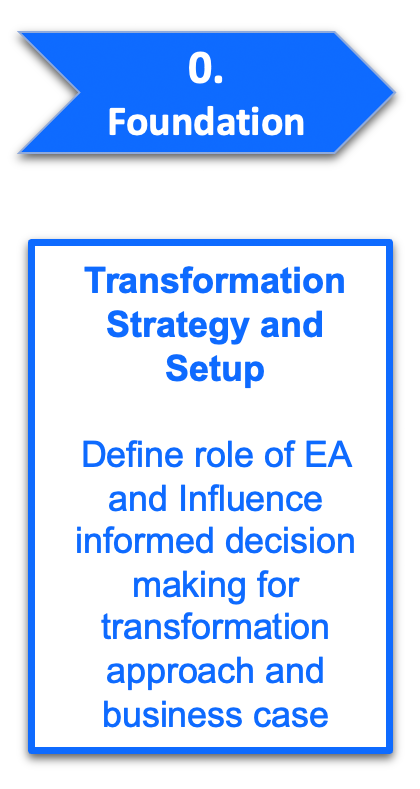
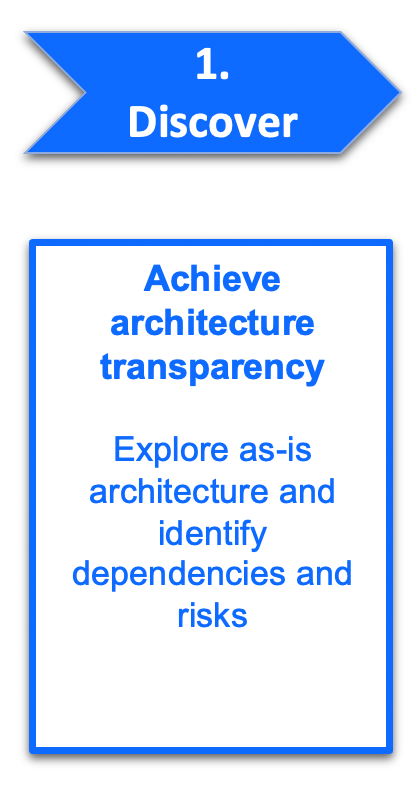
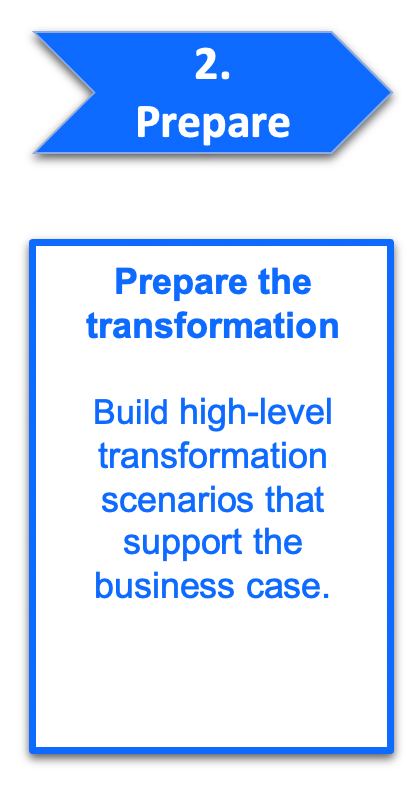
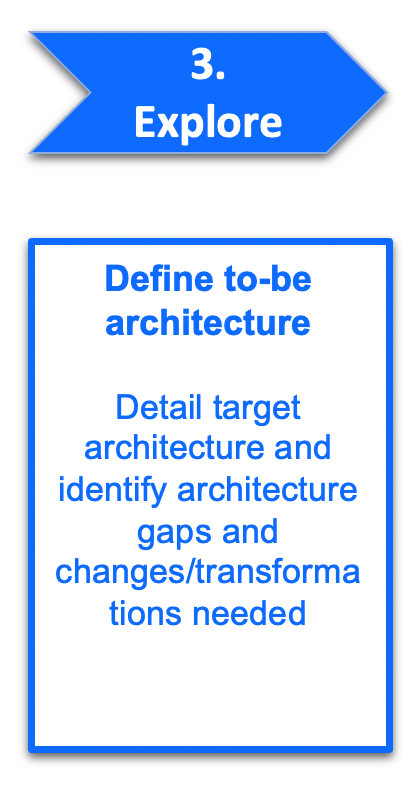
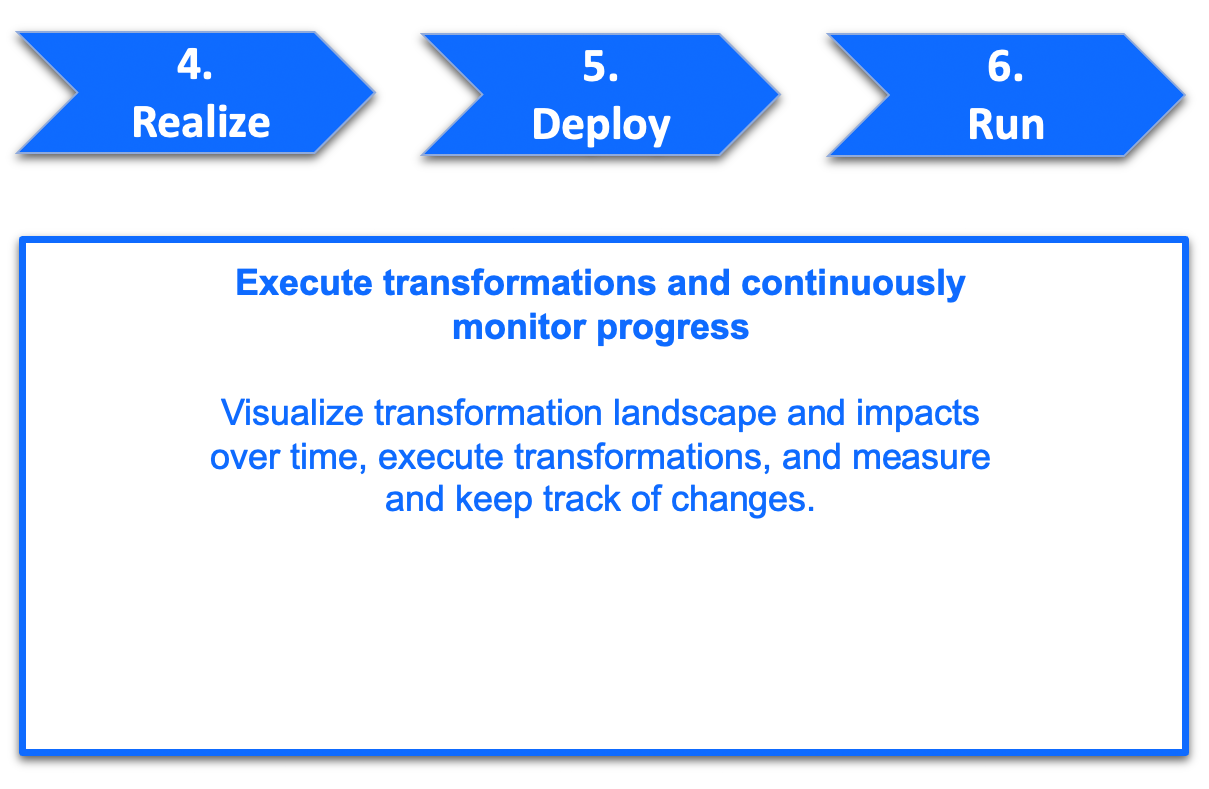
Updated 22 days ago
